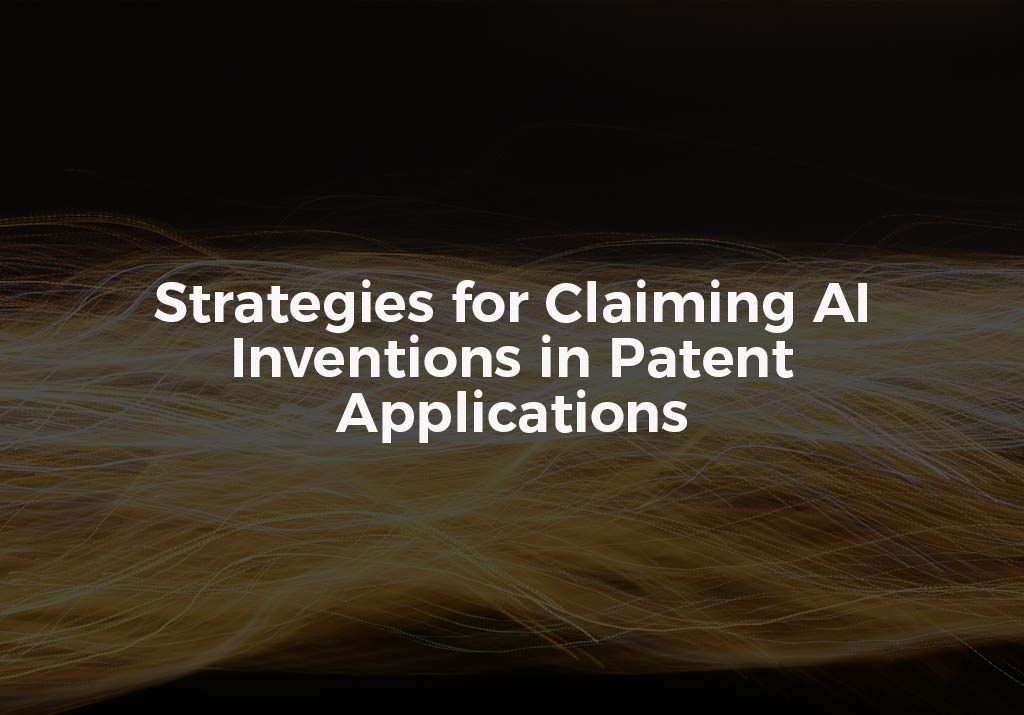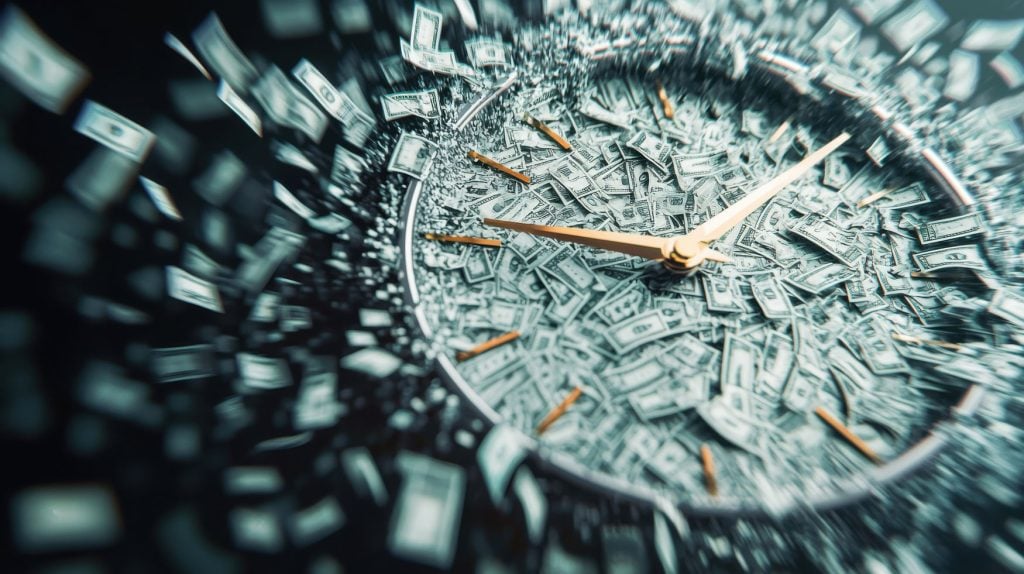Inventions based in artificial intelligence (AI) are very interesting because these inventions often incorporate a variety of inventive technologies. There is usually a physical device involved in an AI invention, such as a computer, medical device, sensor apparatus or some other physical hardware that houses or harbors the AI. AI inventions also usually involve software code, or a process of how the software functions in order for the AI to operate. The AI invention could be focused on collecting data and then using that data to make decisions or to produce certain outputs. AI inventions also typically involve the use of specially formulated algorithms.
With so many different features contributing to AI inventions, it can be challenging to pinpoint what aspects of an AI invention are patent eligible. Patents are only granted for inventions that are based on patent-eligible subject matter, such as a machine, process, article of manufacture or composition of matter. Inventions that are not directed to one of these four categories of inventions are usually considered to be patent ineligible subject matter. Abstract ideas are expressly not patent eligible and many software, computer and AI-related inventions are often considered to be abstract ideas, and thus not patent eligible.
That is not to say that all software, computer and AI-related inventions are inherently abstract ideas – These inventions can get patent protection with some thoughtful patent claim drafting. There are plenty of good strategies for drafting patent claims for AI-related inventions that can make the claimed invention one that is directed to patent-eligible subject matter.
One technique that is commonly used is to claim the AI-related invention as a process, which is one of the four categories of patentable subject matter. In order to do this, the AI invention must be claimed as a process of method steps for completing some purpose or task. Alternatively, in some cases it may make sense to draft AI claims directed to a method of use of the AI technology.
Another strategy for claiming AI-related inventions is to focus on the physical structure of the device that harbors the AI and to claim how the various structural elements of the device operate in conjunction with the AI. For example, if the invention is a medical device that has AI that can recognize patient symptoms based on data from a variety of physiological sensors and then identifies the patient’s likely diagnosis, patent claims can focus on the various structural elements of the medical device (such as the housing, connected to a temperature sensor, pulse oximeter, galvanometer, computer processor, etc.) and how these various structural elements interact in conjunction with the AI symptom analyzer program that is run on the computer processor of the medical device.
Patenting AI-related technology is possible when you work with a knowledgeable patent attorney. Please do not hesitate to contact the patent attorneys at The Rapacke Law Group if you would like to discuss patenting your AI-related invention. Take advantage of a free initial consultation with one of our experienced patent professionals today.




